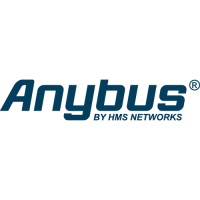E-mail Client 44 (258)
8 E-mail Client
8.1 General Information
The built-in e-mail client allows the application to send e-mail messages through an SMTP-serv-
er. Messages can either be specified directly in the SMTP Client Object (04h), or retrieved from
the file system. The latter may contain SSI, however note that for technical reasons, certain
commands cannot be used (specified separately for each SSI command).
The client supports authentication using the ‘LOGIN’ method. Account settings etc. are stored
in the Network Configuration Object (04h).
8.2 How to Send E-mail Messages
To be able to send e-mail messages, the SMTP-account settings must be specified.
This includes:
• A valid SMTP-server address
• A valid username
• A valid password
To send an e-mail message, perform the following steps:
1. Create a new e-mail instance using the Create command (03h)
2. Specify the sender, recipient, topic and message body in the e-mail instance
3. Issue the Send Instance Email command (10h) towards the e-mail instance
4. Optionally, delete the e-mail instance using the Delete command (04h)
Sending a message based on a file in the file system is achieved using the Send Email from File
command. This command is described in the SMTP Client Object (04h).
Anybus
®
CompactCom
™
40 PROFINET IRT Network Guide SCM-1202-023 EN 1.8

